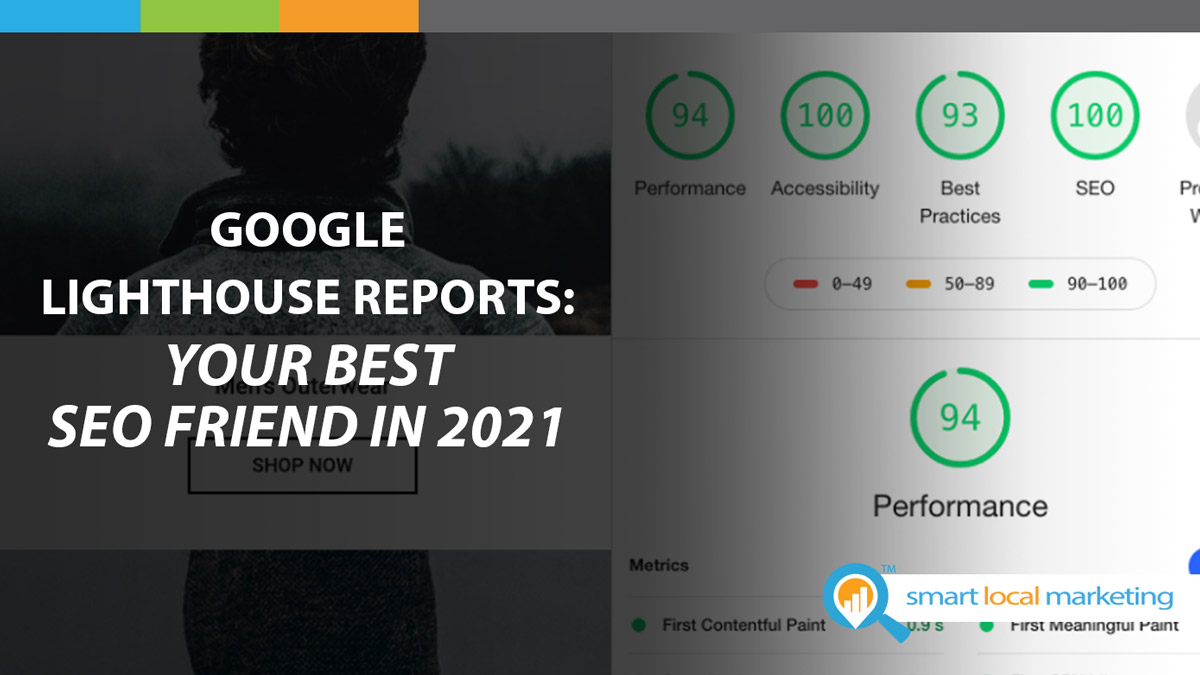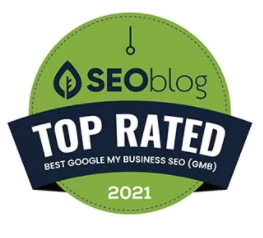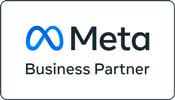
As a business, your website is one of your most crucial assets so it’s imperative to make sure that your site runs smoothly and efficiently. However, it’s not always easy to tell whether there’s a problem. And with Google’s new focus on your site’s Core Web Vitals, it’s more important than ever to understand your site’s performance.
Identifying problems and updating your website is so much easier now that you can simply run a Google Lighthouse report.
In this article, we will break down how Google Lighthouse works and why it’s so valuable for your brand.
What is a Google Lighthouse Report?
Google Lighthouse is an open-source platform that audits websites to determine any issues with performance, accessibility, search engine optimization, and more. The program is free to use and works in seconds. All you have to do is enter a URL, and you can get a comprehensive report that breaks down what is and isn’t working on the website.
Since Lighthouse is open source, developers and programmers are constantly updating it. Like WordPress, it adapts with the times to ensure that it will stay relevant both now and into the future. If you are a programmer (or have one on your team), they can run more detailed reports that go into the coding aspect of your website. This way, they can spot underlying errors and correct them so that they don’t create extra problems later.
How to Read a Google Lighthouse Report
Once you run your site audit, you’ll need to click on the “view report” button. From there, you’ll be taken to a separate page with detailed breakdowns of everything that happened within the audit. We won’t get into too much detail here, but the sections provided are Performance, Accessibility, Best Practices, and SEO. Here’s a quick overview of each category.
Performance
This section looks at various speed metrics for your website. Two crucial elements to pay attention to are the First Contentful Paint section and Time to Interactive section. First Contentful Paint refers to the time it takes for images or videos to show up on the screen. The page may not be loaded fully, but users can at least see some content. Time to Interactive, however, refers to the time it takes before users can start doing anything on the page.
Ideally, your performance metrics will show only a few seconds or less per field. If your site takes more than 10 seconds, there is a higher chance that users will bounce off the page, leading to less traffic overall. Throughout the Lighthouse report, you want your site to score a 90 or above in each section.
Accessibility
This category looks at how easy it is for all users to navigate through your website. It looks at images, headers, color contrast, and the overall layout of the page. If everything makes sense and is easy to follow, you should get high marks in this section. However, if the page seems convoluted or distracting, you’ll get a low grade.
Best Practices
As a website owner and operator, you are responsible for providing a safe place for users to visit. If your pages have unsecured or broken links, visitors could wind up with viruses and malware. This section highlights any potential weak points that could impact your site’s safety rating.
SEO
All your pages should be optimized for searches, so Lighthouse will look for meta tags, meta descriptions, descriptive links, and more.
It won’t analyze specific keywords because it won’t know which keywords for which you’re trying to rank highly. Instead, it will only tell you if you’re missing any elements that can help search engines index your pages more efficiently.
As far as descriptive links, Lighthouse is referring to specific URLs. For example, if you sell organic cereal, a descriptive page could be www.mysite.com/organic-oatmeal-cereal. A non-descriptive option might be something like www.mysite.com/products.
Using a Lighthouse Report to Improve Your Website
The best reason to use a Lighthouse report is to see what recommendations it offers. Rather than just telling you what’s wrong, it will offer suggestions on how to fix it. For example, if your page is slow to load, the report may tell you to do things like pre-load content images, remove unused CSS, or eliminate render-blocking resources. Going a step further, Lighthouse will estimate how much time you’ll save with each fix.
As you go through the report, you can determine which recommendations are ideal for your needs. You may even discover problems that you never knew existed. Best of all, if you have a Google account, you can keep track of your reports and scores over time. This way, you can make adjustments, run a new report, and see how well you improved. Over time, you can raise your scores in each section until everything is optimized.
Lighthouse Reports and the Page Experience Update
A big reason why Google is the number one search engine is that it’s always making itself more user-friendly. One recent change is the Page Experience Update. Starting in 2021, Google will start looking at how well users interact with various websites and pages. Before, the search engine only cared about content and its relevance to a specific keyword. However, now Google will rank sites with excellent user experiences higher than those with glaring issues.
As you can imagine, Lighthouse reports will become even more crucial as this update rolls out. For example, if you’re the number one ranked site for a keyword, but you score low in Lighthouse, you may get knocked down a couple of spots. If you haven’t been paying close attention to your audience experience, now is the time to start.
Do You Need Help Improving the SEO of Your Website? Work with the Professionals at BizIQ to Improve Your Campaign Today!
While SEO is only one component of a Lighthouse report, it is vital for ranking well on Google. BizIQ can help you develop a successful SEO strategy that will help you get more traffic and build a stronger bottom line. Contact us today to find out more!









